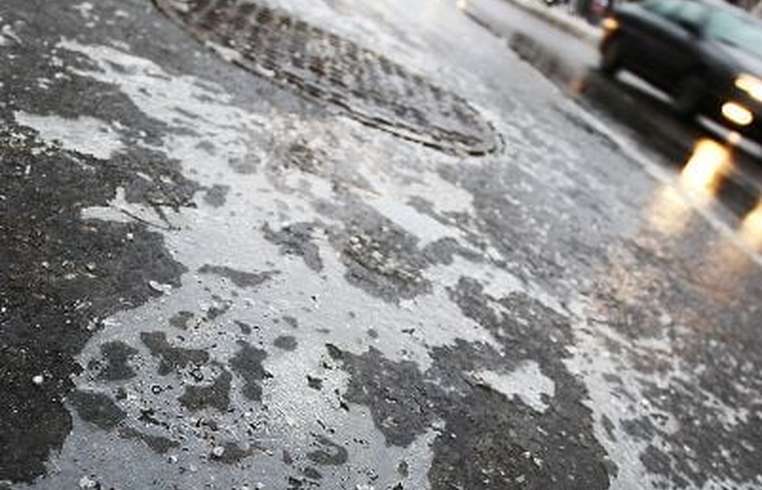
News - Russia develops a device to effectively combat ice on roads
Business Strategy
Russia develops a device to effectively combat ice on roads

An advanced method of fighting ice on roads is materials that are embedded in the pavement and generate heat. For example, nanocomposites are now being actively studied as heating elements. But so far, there is no optimal way to install such technology on the road surface while maintaining all its technical qualities. The existing equipment is not suitable for this.As Naked-Science writes, scientists from Perm Polytechnic have developed a unique design that allows for high-quality laying of such a heating element, excluding any damage. The device increases the efficiency of thermal methods of ice control. Scientists of Perm Polytechnic are developing special equipment for the device of a heating element based on geogrid, which will ensure its qualitative laying and fixing on the pavement layer made of asphalt and cement concrete mixture. The equipment contains rollers that provide constant tension of the material and do not allow it to shift during laying. And pressing and leveling is carried out by a special bar following the rollers. An anchoring device then secures the heating web to the pavement. “Our development fully mechanizes the process of laying heat-emitting material based on geogrid. The device allows us to transport large rolls up to 100 meters long and lay them on the bitumen-treated surface with tight pressure on the road surface. In addition, the rolls can be leveled, secured with fasteners and finally treated with organic binder. The automatic process will significantly accelerate and facilitate the thermal arrangement of Russian roads, which in the future will allow to expand the range of application of such technology", - shared Konstantin Pugin, Doctor of Technical Sciences, Professor of the Department of Automobiles and Technological Machines of PNIPU.Implementation of the mechanized device will increase the efficiency of using heat-training materials for heating the road surface. The autonomy of the method will allow to fight ice formations on roads faster and better, which will reduce the number of accidents in winter.






